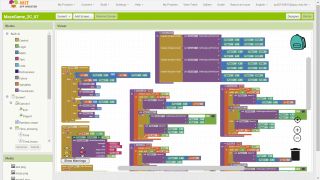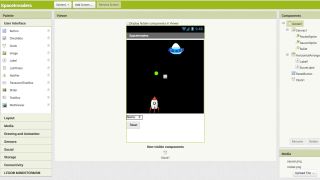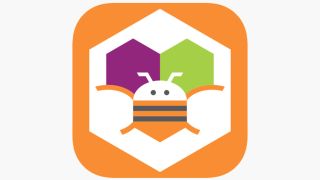MIT App Inventor was created by MIT, in conjunction with Google, as a way to help novice and beginner programmers become more advanced with ease.
The idea is to offer a place that students, as young as six, can learn the basics of coding with drag-and-drop style block coding. But it's made fun with real-world applications that can be built for rewarding results.
This is aimed at students, with plenty of tutorial guidance which makes it ideal for self-paced learning. It's also widely accessible as MIT hosts the tool on its website which is available to most devices.
So is this the ideal way to get students to learn code? Read on to find all you need to know about MIT App Inventor.
What is MIT App Inventor?
MIT App Inventor is a programming learning tool that is aimed at total beginners but also novices wishing to advance further. It came about as a collaboration between Google and MIT. It uses coding to create real-world usable apps for Android and iOS devices, which students can play.

MIT App Inventor uses drag-and-drop style code building blocks, similar to those used by the Scratch coding language. This makes it easy to pick up from a young age and also helps take the otherwise potentially overwhelming complexity out of getting started.
The use of bright colors, clear buttons, and plenty of tutorial guidance all add up to a tool that helps get even the more tech-troubled learners get up and running. That includes students being guided by a teacher in class as well as those wishing to get started, alone, from home.
How does MIT App Inventor work?
MIT App Inventor begins with a tutorial that allows students to be guided into the process of basic coding without the need for any other help. As long as the student is able to read and understand basic technical guidance, they should be able to begin code building right away.

Students can use their own phones or tablets to test the apps, creating code that uses the device's hardware. For example, a student could create a program that has an action carried out, such as turning on the phone's light when the devices is shaken by the person holding it.
Students are able to pick from a wide selection of actions, as blocks, and drag each one into a timeline that allows each action to be carried out on the device. This helps to teach the process-based way that coding works.
If the phone is setup and connected, it can be synchronized in real-time. This means that students can build and then test and see the results right away on their own device. As such, more than one device is needed for the most ease when building and testing live.
Crucially, the guidance isn't too much, so students will need to try things and learn by trial and error.
What are the best MIT App Inventor features?
MIT App Inventor offers the resources to help students get started in coding, with a support that makes it easy for even novice teachers to work with too. That can mean a teacher learning from the basics and then passing that along to students as they learn the steps in class or at home.

The ability to turn text into speech is a useful feature. Tools such as this are very simple to use and include plenty of sources, from media and drawings or animations to using layout and interface editing, along with sensor utilization and even social aspects within the process.
There are some helpful resources for teachers to use that can make the teaching process more guided. The educator's forum is great for any questions, and there is also a set of instructions that guides teachers on how to best setup a classroom for teaching with the tool. Concept and Maker Cards are also useful as these can be printed for a real-world resource to use in the classroom with students.
Usefully, this tool works with Lego Mindstorms so students can write code that will control those robotics kits in the real-world. A great option for those who already have that kit or for those who benefit from more hands-on results than simply controlling another phone or tablet device.
How much does MIT App Inventor cost?
MIT App Inventor was created as a collaboration between Google and MIT as part of the Hour of Code effort with a view to helping students learn. As such it has been built and shared for free.
That means anyone can head over to the site, hosted by MIT, to get started right away. You don't even need to give personal details such as a name or email address to begin using this tool.
MIT App Inventor best tips and tricks
Build to integrate
Be inclusive and have students create programs that help others interact with their devices better – perhaps reading out text for those who struggle to read.
Go home
Give students tasks over longer periods of time so they can work on building in their own time at home. This helps them learn alone, from mistakes, but also lets them get creative with their projects and ideas.
Share the load
Pair up students with those capable and those less able so that they can help one another along with ideas as well as grasping the process of the coding itself.

